Matsushimaen’s Tea Master speaks on his passion for Hiire tea leaves by charcoal-fire and perspective on current market【Kawanehoncho, Shizuoka Prefecture】
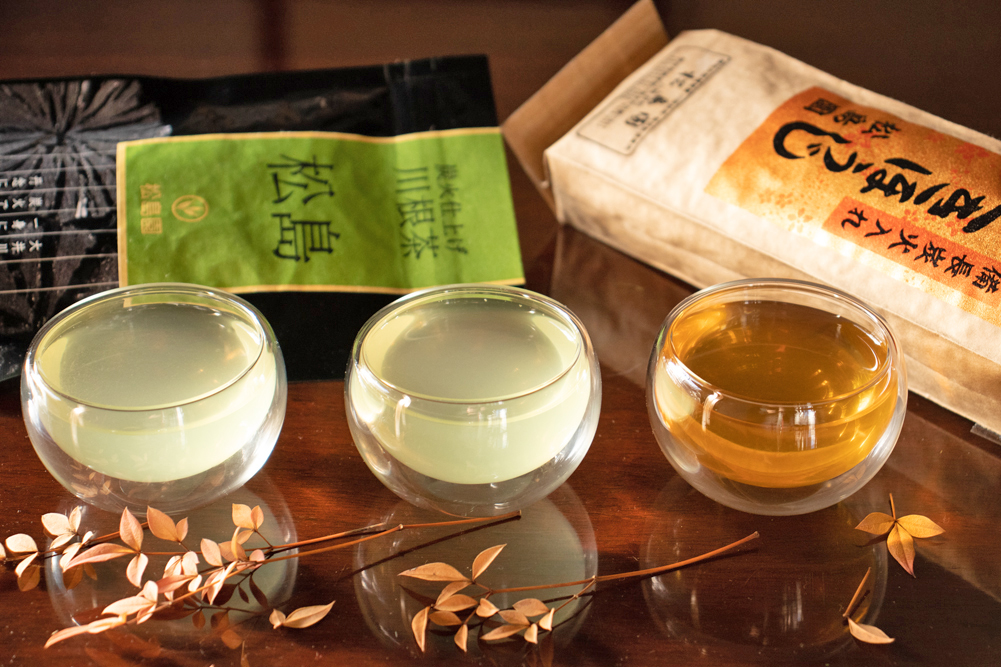
Kawanehoncho has an environment that is conducive to the cultivation of high-quality tea, with moderate exposure to sunlight, well-drained soil and a sufficient variation in day and night temperature. We visited Matsushimaen, a tea farm in Kawane. Numerous accolades, including the Minister of Agriculture, Forestry and Fisheries’ Award, won at various tea fairs, testify to their outstanding tea production techniques. Matsushimaen pride themselves on a mastery of their environment in tea cultivation and aracha production, as well as a very rare technique of finishing high-quality teas with charcoal (binchotan) firing. The tea produced using this technique displays a harmony of rich aroma and refined taste, delighting numerous tea devotees.
On this article, we report on Matsushimaen’s charcoal firing process, as well as the background to Japanese tea, from production process to sales, including an interview with Yoshikazu Kawasaki, the owner of the tea farm.
Contents
- 1 About Matsushimaen
- 2 An introduction to Matsushimaen’s teas
- 3 Interview: Matsushimaen’s commitment to charcoal-fired tea and a tea master’s view of the market
- 3.1 The fascinating history of Hiire(dlying) tea leaves by rare charcoal fire techniques.
- 3.2 The transition from pastday’s japanese tea market to today’s
- 3.3 The challenge of handling and marketing tea made in mountainous rural areas
- 3.4 Japanese steamed green tea is a world-class product.
- 3.5 Matsushimaen’s goal is to create old-fashioned, traditional fine teas.
- 4 Information of Matsushimaen
About Matsushimaen
Matsushimaen cultivates, processes and markets their own tea from their farm located in Motofujikawa, Kawanehoncho, Shizuoka Prefecture. The current owner of the farm is the ninth generation of the family, Yoshikazu Kawasaki. The farm is named after a local area where the best quality tea leaves are harvested in tea farm of Matsushimaen.
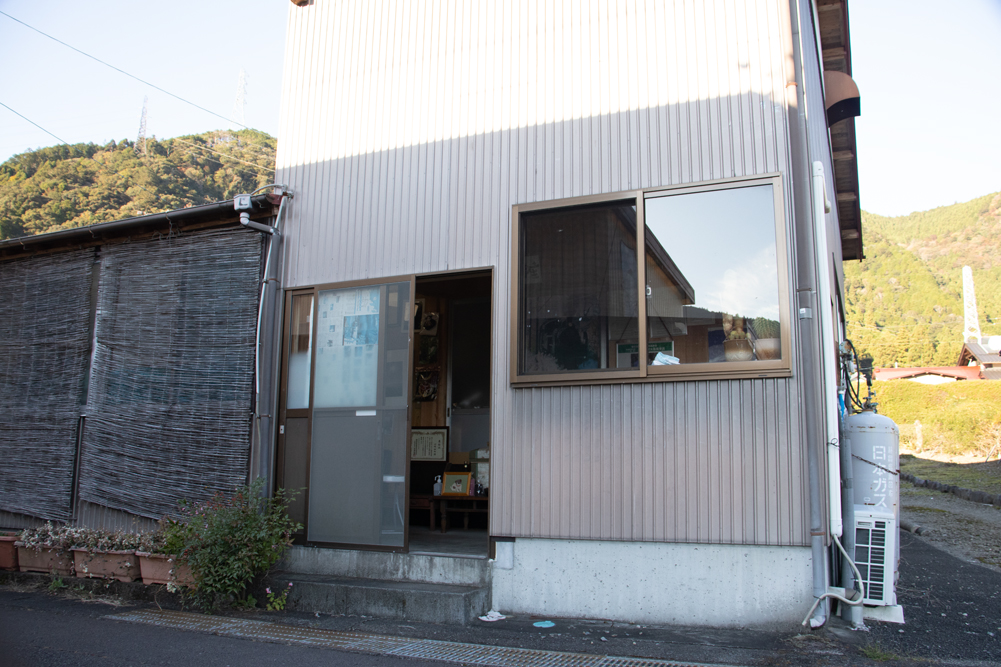
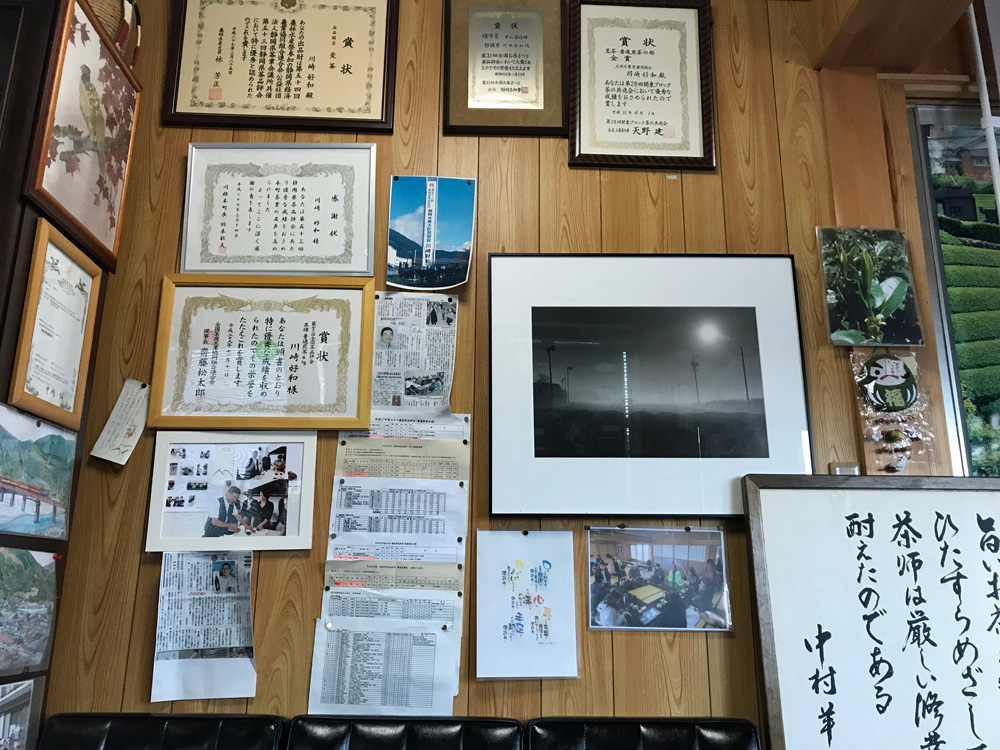
Tea Master Yoshikazu Kawasaki’s rare technique Hiire(dlying) tea leaves by charcoal-fire.
In the process of finishing tea, ‘Hiire(dlying)’ is an important step, in which the flavour of tea can be significantly altered. It can enhance the sweetness, heighten the aroma and stabilise the quality of the tea.
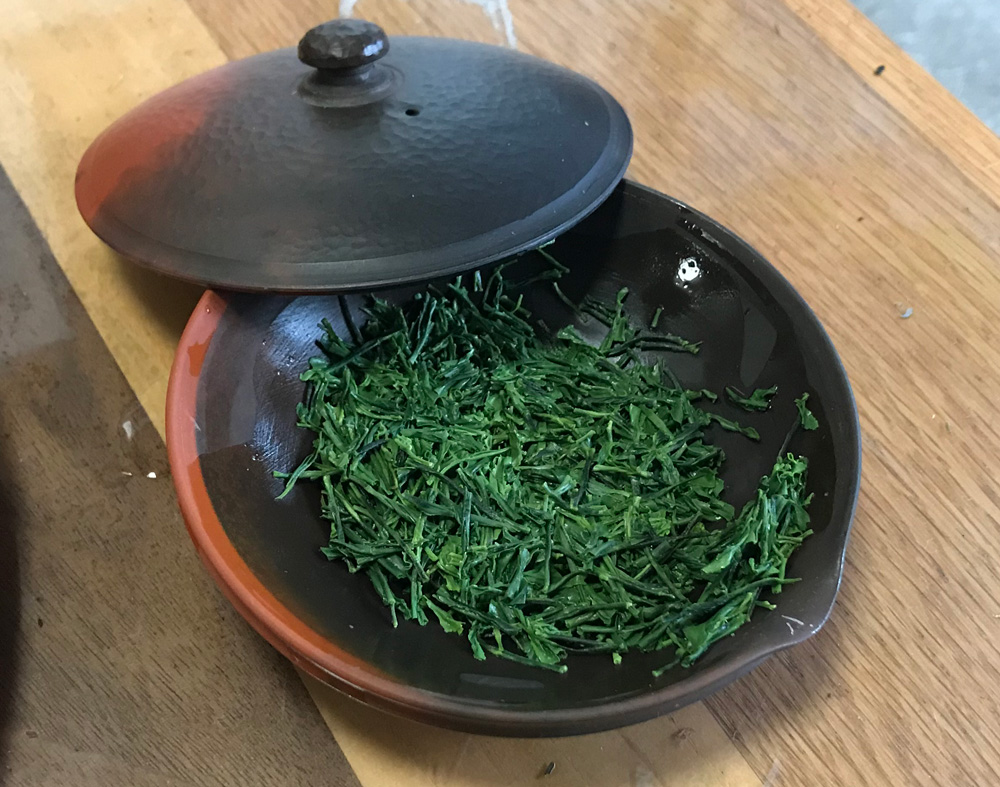
At Matsushimaen, in addition to gas firing, the tea is also fired using a special binchotan charcoal. This special technique, with the benefits of far-infrared radiation, gives the tea its unmistakable quality and appeal.
Charcoal-fired teas are characterised by an accentuated robust aroma, while moderately suppressing astringency and bitterness. Many people are hooked after one time. Furthermore, charcoal tea can be brewed without much concern for the quality of the water, the quantity of tea leaves, the temperature of the water, or the infusion time, and still have a consistent aroma and taste.
In this respect, the charcoal-fire finish sets it apart from the rest, making for a very special brew tea.

An introduction to Matsushimaen’s teas
The mountainous area in the middle reaches of the Oi River, where Matsushimaen’s tea gardens are located, offers favourable conditions for growing high-quality tea, with moderate sunshine hours, a day/night temperature difference and well-drained soil.
Matsushimaen cultivate, process and finish their tea leaves to maximise the characteristics of tea growing in these mountainous areas, and the result is a clear water colour and mellow aroma. Here, we would like to introduce a few of Matsushimaen’s teas.
(Matsushimaen also participate in tea ceremony events at the Forêt Nakakawane Chameikan. For details on the schedule, please visit the Forêt Nakakawane Chameikan website).
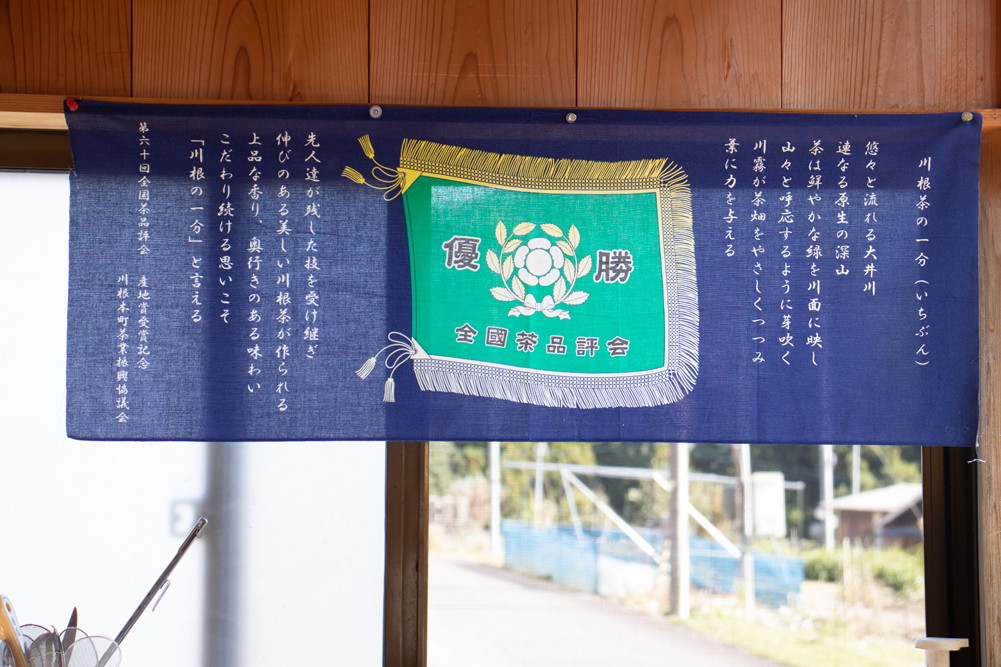

Matsushima (Kawane tea)- Hiire tea leaves by charcoal fire-
These tea leaves, nurtured wholly by nature, are carefully and slowly finished over a charcoal fire. The tea is named ‘Matsushima’ in honour of the tea garden “Matsushimaen”, and is produced personally by tea master Yoshikazu Kawasaki, one of the few masters of the charcoal firing technique alive today.
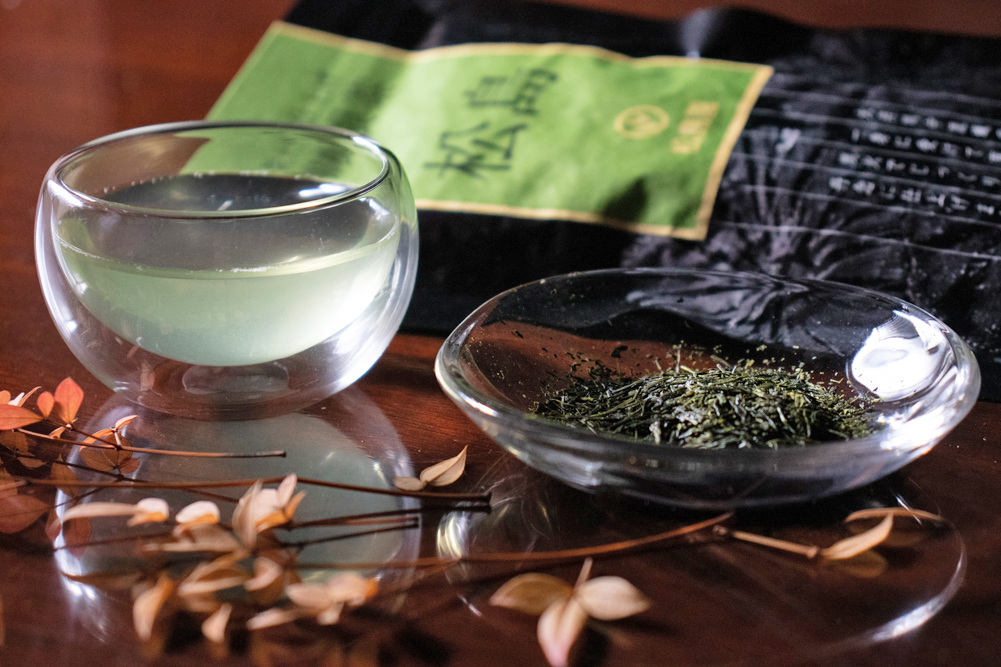
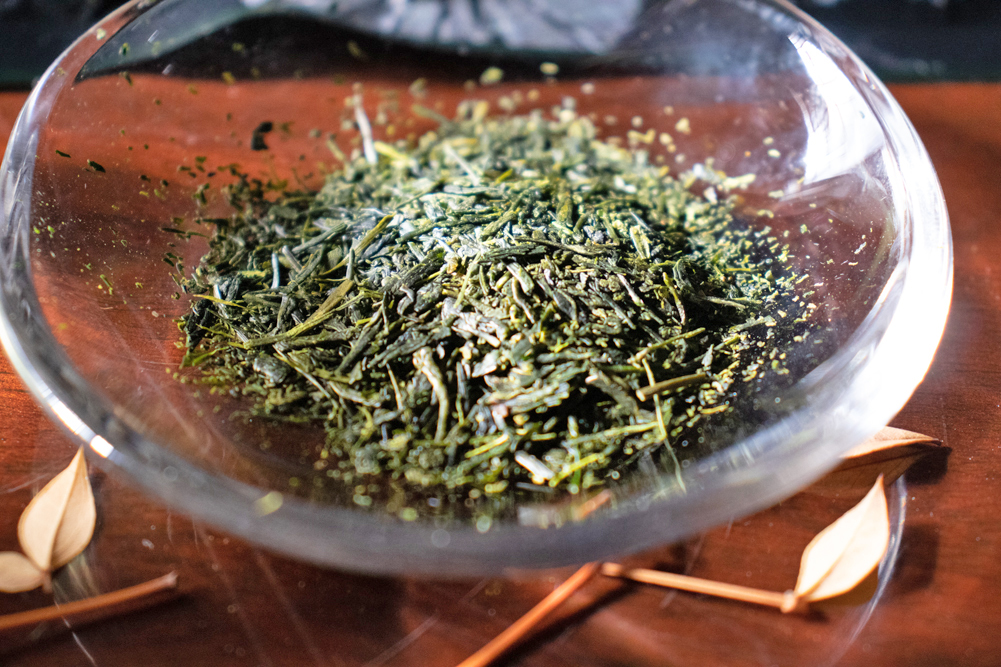
99~Tsukumo~(Kawane tea)
A premium sencha, made with utmost care by Kawasaki, using tea leaves harvested on the first 88 nights of Spring harvest (early May) and carefully finished with a unique production formula. This tea, with its exquisite balance of wholesome flavour, astringency and umami, is a perfect gift for loved ones, or perhaps as an indulgent treat for oneself.

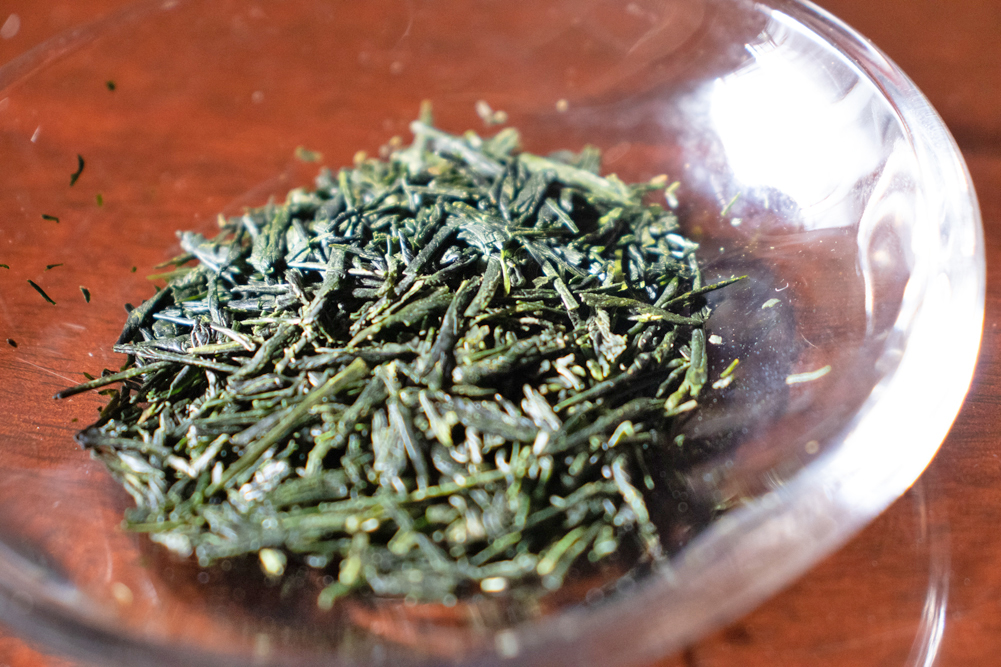
Kukihojicha-Hiire tea leaves by charcoal fire-
Hojicha made with charcoal-fired stems. Enjoy a rich aroma and refreshing flavour.
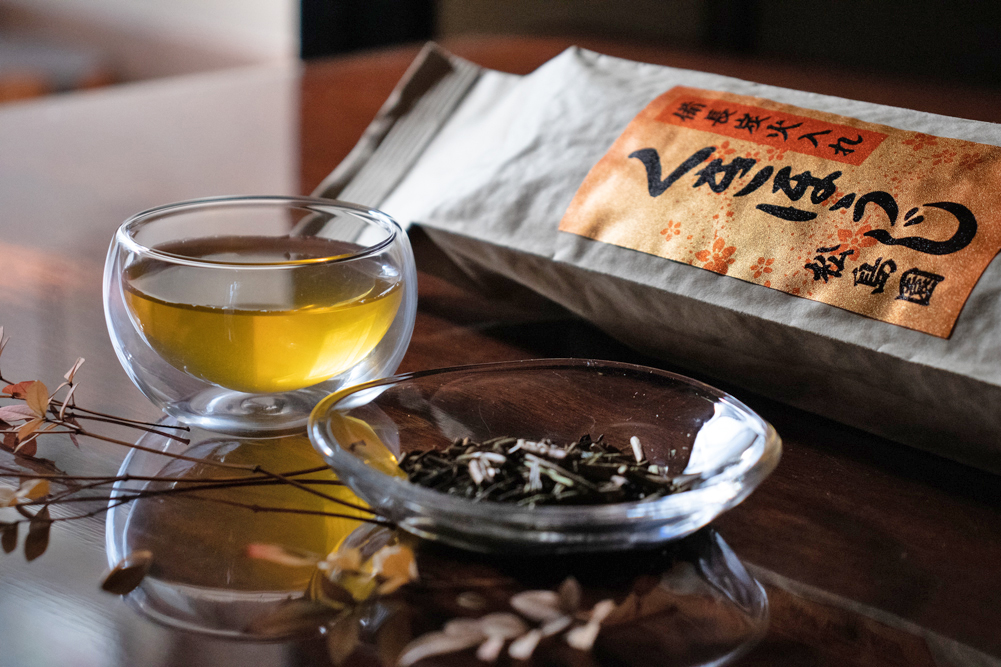

Interview: Matsushimaen’s commitment to charcoal-fired tea and a tea master’s view of the market
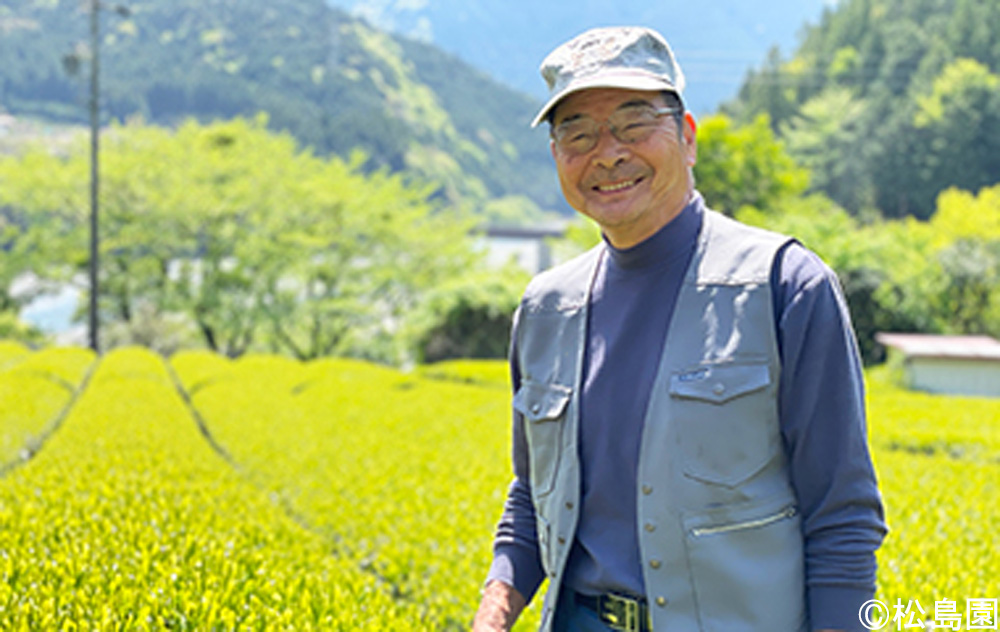
We spoke to Yoshikazu Kawasaki, the owner of Matsushimaen.
The fascinating history of Hiire(dlying) tea leaves by rare charcoal fire techniques.
–I’ve heard that Hiire(dlying) tea leaves by charcoal fire techniques is a rare and high-level technique. Can you explain exactly what this technique is all about?
In the 1950s and 1960s, during the period of rapid economic growth, Tokyo did not yet have adequate water purification facilities, and local tap water had the strong smell of chlorination. As an experiment, I used to buy tap water from the Arakawa and Tama River areas in Tokyo and boil it to brew tea. I remember being surprised to find that the flavour of the tea had largely disappeared.
At that time, the water quality in Tokyo was certainly not good. Our efforts to produce a sencha unaffected by such water conditions led us to develop this charcoal-firing technique, which was very useful.

My charcoal-firing technique was originally acquired from a tea farmer distant relative of my wife’s. He had no heirs and the technique was in danger of dying out, so it was passed on to me.
Initially, learning this skill was a constant challenge, as I was completely inexperienced in the field. Binchō-tan, a specific type of charcoal , none of which has the same shape, is used in the charcoal fire that burns at over 100°C. Due to tremendous heat exposure during the process, it is physically exhausting.

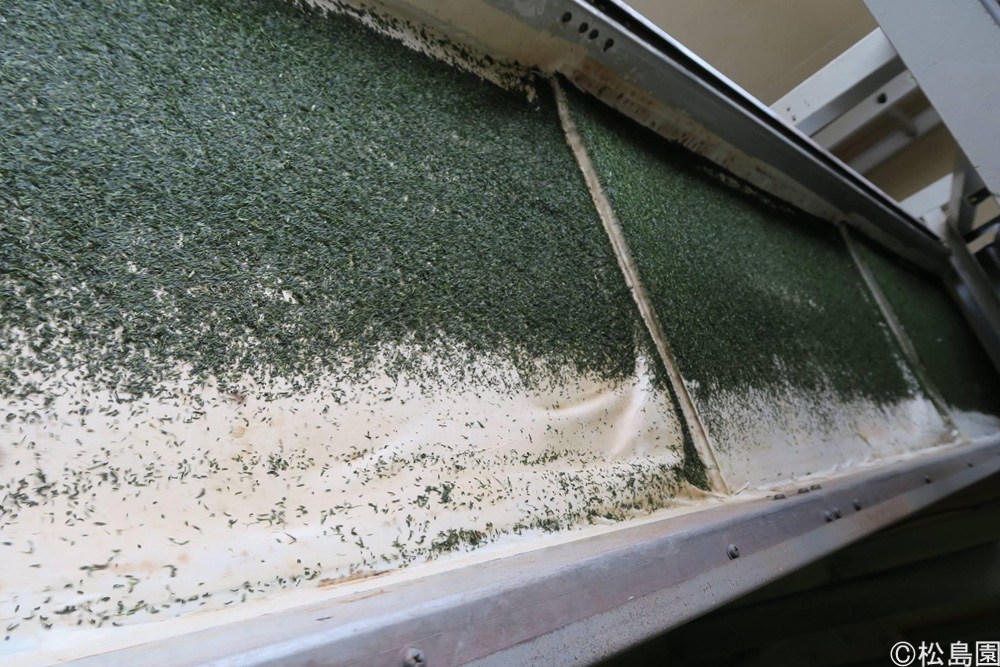
From season to season, the intensity of the charcoal fire has to be adjusted, taking into account the effects of the day’s temperature and humidity. In summer, high levels of humidity make it difficult to regulate the fire, while in winter, the severe cold can make it difficult to get a fire going. In addition, as tea is an agricultural product, the quality of the leaves is different every year, so the fire must be adjusted to accomodate that year’s leaf.
In October and early spring, it is comparatively easier to do charcoal-firing, but these are the times of year all tea farmers are busy with other tasks that need to be done.
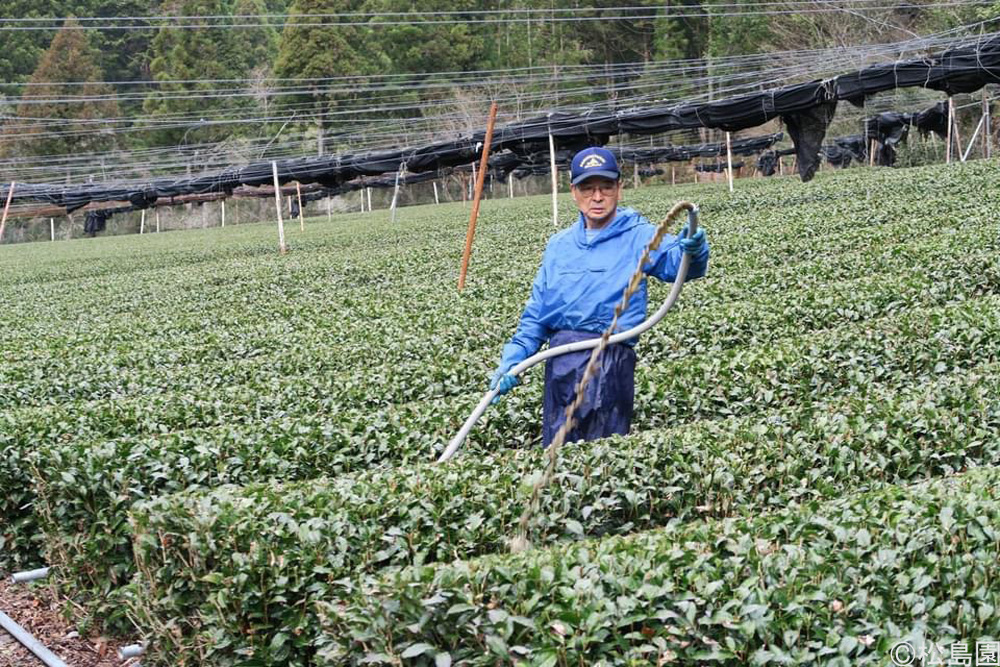 ▲Tea farmers perform various farm management tasks throughout the year, such as fertiliser application.
▲Tea farmers perform various farm management tasks throughout the year, such as fertiliser application.
–Do you finish all of Matsushimaen’s teas with a charcoal-firing?
Over the years, experience has told us that some teas are suitable for charcoal-firing and others are not. Therefore, we vary our finishing methods according to the situation. For example, premium sencha teas are not suitable for charcoal-firing, so we fire them carefully at low temperatures to allow the young, bud-like flavour of the sprouts to express itself.
We also take care not to recommend charcoal-fired teas to those who appreciate the fresh, green aroma characteristic of shincha (first harvest) teas.
–So you determine whether to use charcoal-firing depending on the suitability of the tea.
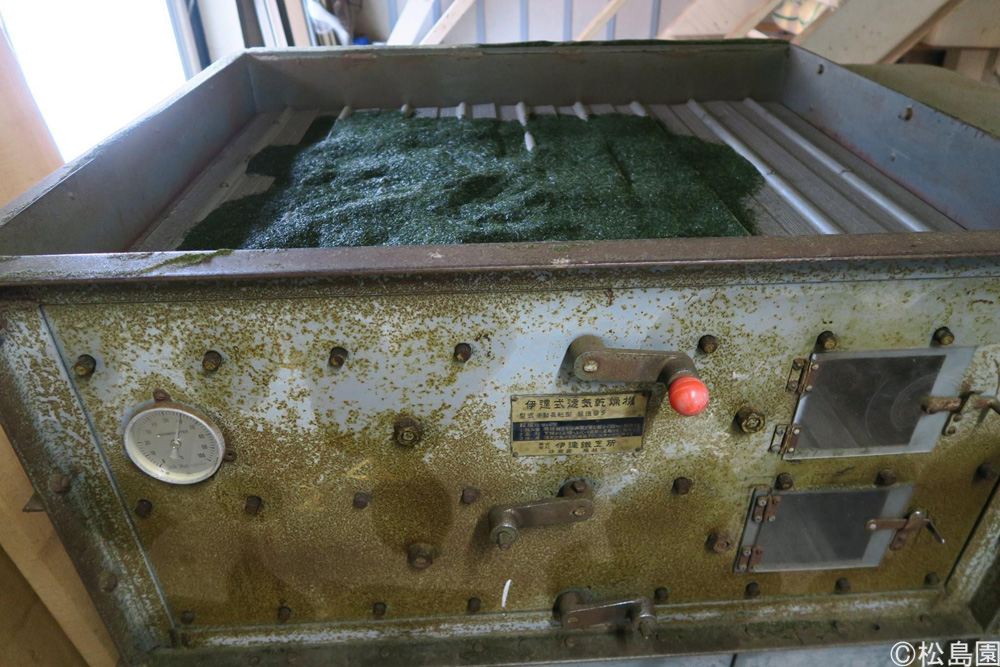 ▲A black tea desiccator over 50 years old continues to serve Mr Kawasaki’s delicate art of firing teas.
▲A black tea desiccator over 50 years old continues to serve Mr Kawasaki’s delicate art of firing teas.
The transition from pastday’s japanese tea market to today’s
The Japanese tea industry as a whole produces around 70,000 tonnes per year and is worth several billion yen at most. Although there are some major manufacturers, it is not a very large market and many tea farmers sell their tea through mail order and retail. In particular, Kawane is home to a large number of independent tea farmers.
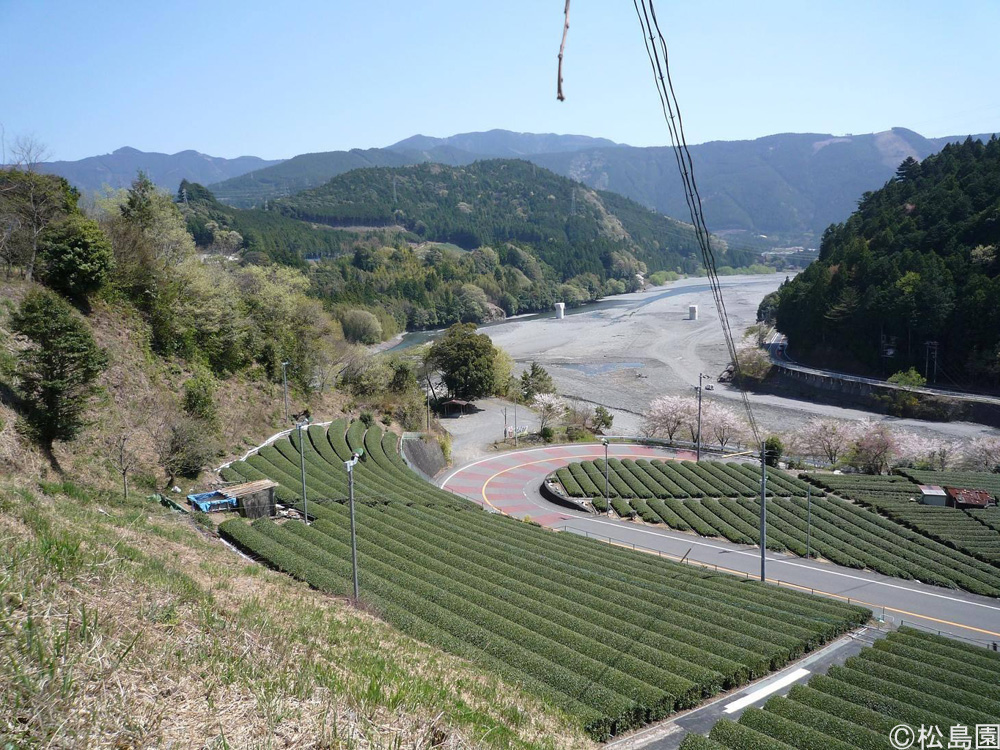
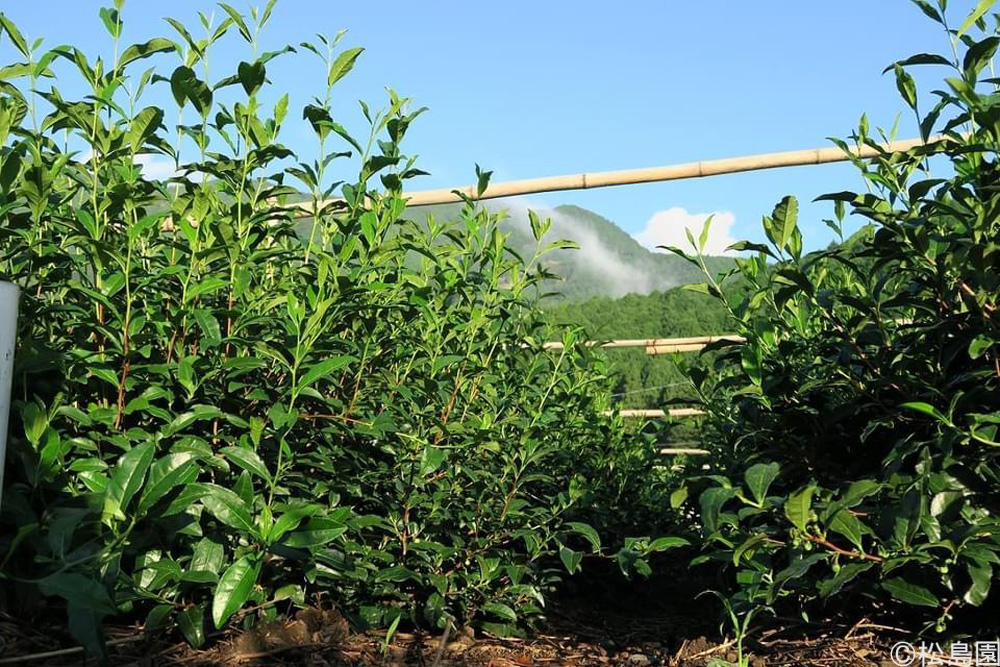
When supply was limited, the production and sales system of mass production and mass consumption was fine. It was possible to sell products of the same quality and standard in large quantities at a low price.
Occasionally, business was performed by producers making what they wanted to make, and by chance connecting with someone who wanted it.
Today, not only tea, but the automobile, fashion and other markets are over-saturated with all kinds of goods. In addition, the era of TV commercials has been replaced by an era in which individuals use social networking to communicate. However, on social networking sites people move on to the next thing so quickly that even having determined a target to sell to, businesses don’t know where to set their sights on.

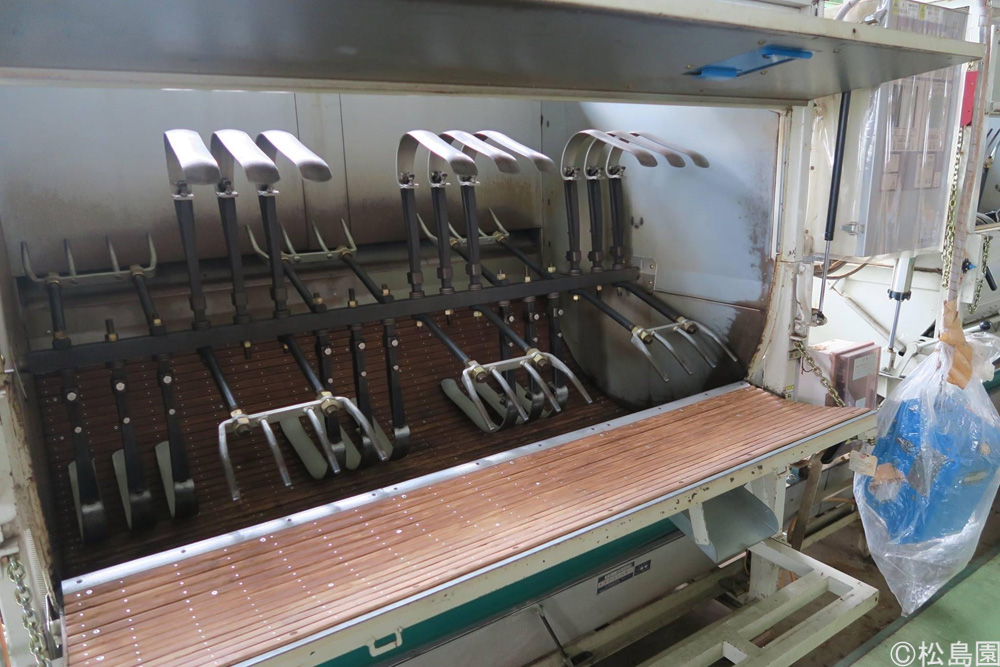
Under the former mass-production and mass-consumption marketing system, it’s not surprising that loose leaf tea doesn’t sell well, let alone bottled tea. It has become increasingly difficult to sell products.
What is needed today, as the market itself is shrinking due to the effects of falling birthrates and an aging population, is accurate analysis and perception to respond to what the market wants.
It should then require a greater degree of trial and error to produce tea that best fits the climatic conditions, production methods and techniques of the farmer’s own region.
–Nowadays, it is no longer enough to make a good quality product to have a successful business. This is a challenge limited not only to the japanese tea industry, but I would say is common to many different industries.
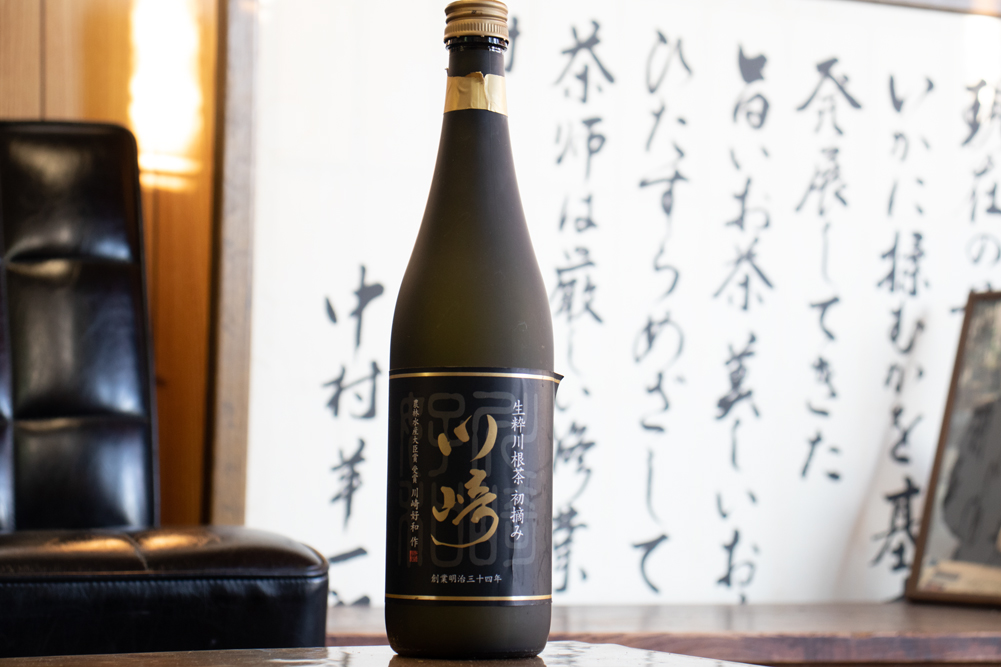 ▲Matsushimaen also sells luxury bottled teas for over ¥10,000 ($65) a bottle.
▲Matsushimaen also sells luxury bottled teas for over ¥10,000 ($65) a bottle.
The challenge of handling and marketing tea made in mountainous rural areas
I believe that in a mountainous area like Kawane, there is no other way but to ensure profitability by producing labour-intensive, time-consuming, high-end sencha tea. If mass production was possible, as in Kagoshima, costs may come down. Some people believe that farmers can make a living that way.
However, the current situation is such that mass production in mountainous areas reduces the quality of tea more than the cost. Most importantly, the demand for such tea does not exist. In the first place, if it were possible to mass produce tea while maintaining the quality, everyone would do it.
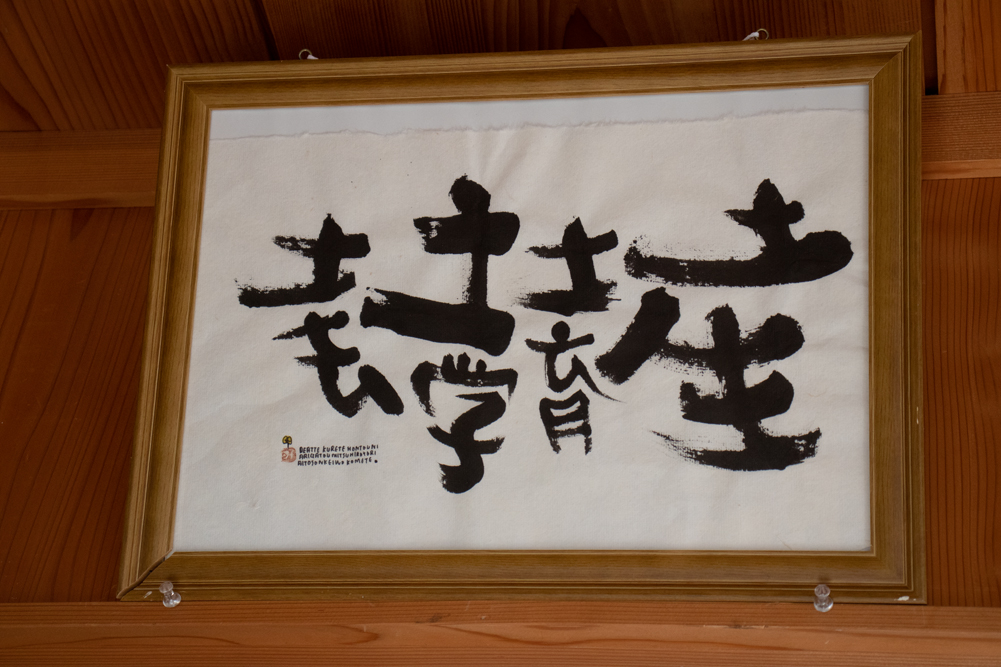 ▲A picture displayed in the office reads, ‘Soil life, soil nurturing, soil education, soil science.’ It means being faithful to the basics and focusing on soil cultivation to make authentic Kawane tea.
▲A picture displayed in the office reads, ‘Soil life, soil nurturing, soil education, soil science.’ It means being faithful to the basics and focusing on soil cultivation to make authentic Kawane tea.
Matsushimaen is independent, both in terms of production and marketing. However, selling is really hard work. Sales, advertising, marketing are complex, and not everyone is always very good at them.
I can blog too, but if I end up spending my time trying to improve the search rankings of said blog, I won’t be able to do anything else.
Major drinks manufacturers spend heavily on extensive advertising campaigns, and hey presto, their products are on display in numerous shops across the country. On the other hand, tea farmers like us find it impossible to adequately communicate where our loose leaf tea can even be purchased.
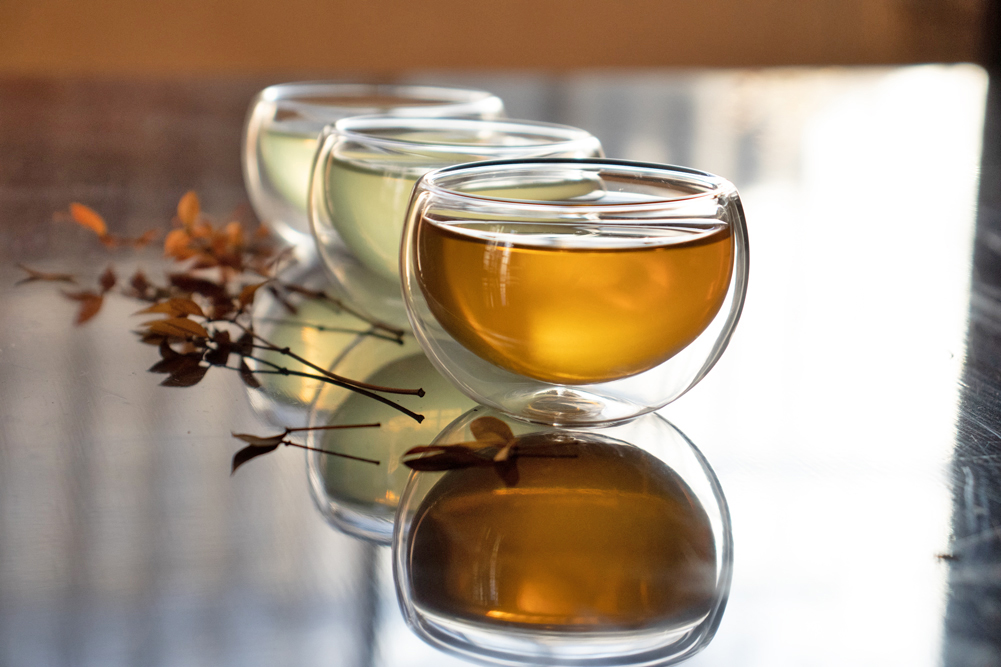
It is no use competing with the big manufacturers, who have the upper hand in large scale marketing schemes. These days, we believe that the only way to compete is to produce a tea with a highly specialized quality that others cannot imitate, and to appeal to a very specific group of buyers.
Therefore, in my personal opinion, tea farmers should concentrate on cultivation and tea production as much as possible. That is how I aspire to be myself.

Japanese steamed green tea is a world-class product.
There are various famous tea-growing regions in the world, such as India and Kenya, all of which are located at altitudes of more than 1000 metres above sea level. These high altitude areas have low humidity, which is ideal for the production of fermented teas such as black tea and oolong tea. High-quality, premium teas, such as Darjeeling First Flush are the result.
On the other hand, the boiling point of water is lower at higher altitudes, which is unfavourable for the production of steamed green tea. With atmospheric pressure like that of Japan’s, where water boils at 100°C, the mainstream production of steamed green tea is a unique industrial culture that cannot be imitated in other countries.
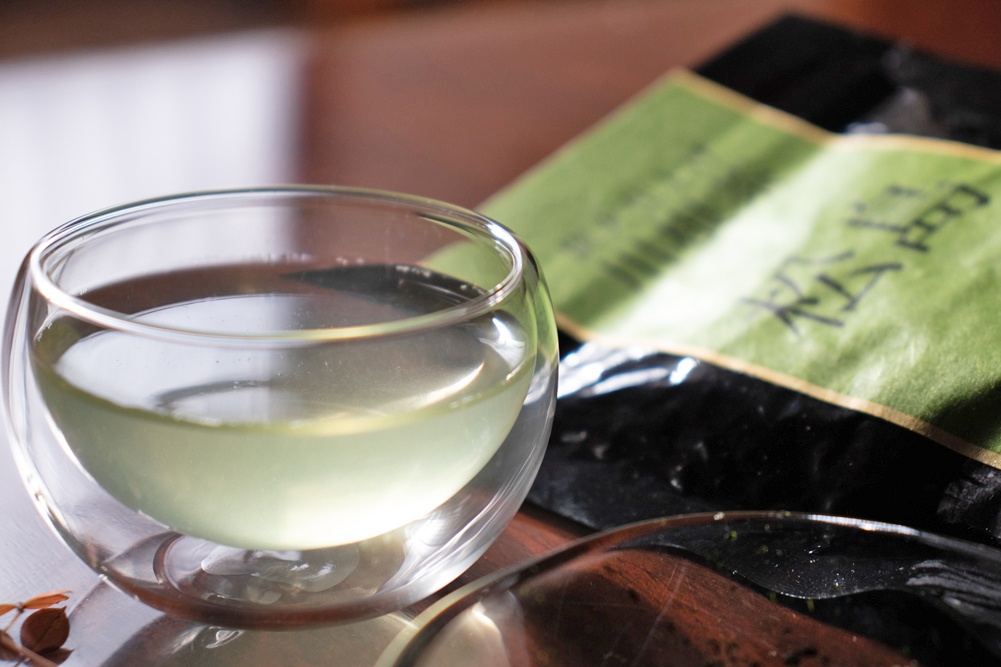
It would be good if Japan got serious about producing and exporting steamed green tea, but the industry as a whole is likely to move in the direction of producing tencha, which is the raw material for matcha. Tencha is also easier to produce than sencha because it does not involve a rubbing process.
–Do you feel that there is a demand for Japanese tea overseas?
From time to time, we also export our products. In the past, the Canadian embassy has asked to use our tea, and we have also received requests from countries with high currency values, such as Slovakia, to purchase our teas at high prices. To make overseas transactions more convenient, we have recently introduced PayPal (the world’s most used electronic money platform) too.
–The fact that we receive orders from abroad is a sign that the high quality of Japanese tea is recognized globally.
Japan is suitable for the growth of good quality fresh leaves and has ideal environmental conditions for the production of steamed green tea. Therefore, if Japan is to compete with the world in tea, I believe steamed green tea is the best for the task.
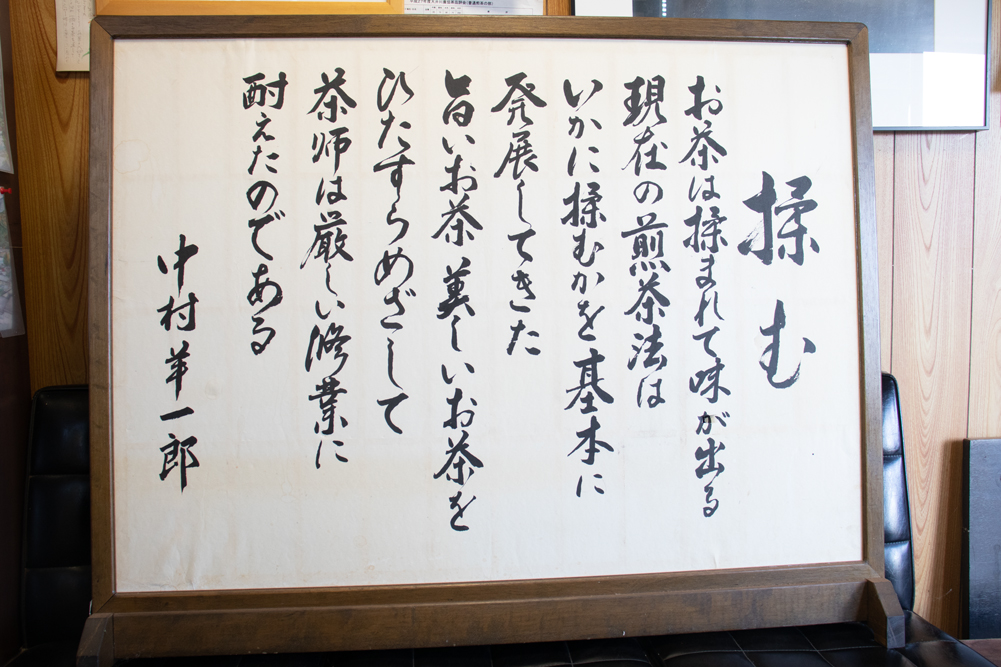
Matsushimaen’s goal is to create old-fashioned, traditional fine teas.
As a broadleaf evergreen tree, this year’s tea buds grow by receiving nutrients from the mother leaf that emerged the previous year. Each mother leaf can only produce one bud. Therefore, my theory is that the quality of the shoot depends on how thick and large the mother leaf is.
From now on, I intend to pay even more attention to these aspects of plant physiology in my tea making than I have done previously.

First, we plan to try 4.5 days of straw cover (see article on Yabuzakien for more information on straw covering tea plants) in our natural-style grown plantation. We then plan to use these carefully nurtured shoots to make hand-picked tea that no one else can imitate.
The tea is still in conception, but we’ve already chosen a name for it.
“One leaf one bud.”
From here on out, I will continue to aspire to make old fashioned, traditional fine teas.

Related articles : Aitouen’s the world-renowned tea production in the face of a challenging climate within the Kawane tea brand【Kawanecha, Shizuoka Prefecture】
Information of Matsushimaen
| Address | Never visit without a prior appointment. |
| Website | http://www.kawanecha.net/index.html |
| Phone number | +81 547-57-2825(Japanese Only) |
| E-money and credit cards | Cash only |
| Open | Contact Matsushimaen]
(Japanese only) (Please do not suddenly visit tea farms without an appointment in advance, as it troubles farmers.) |
| Closed | Irregular holidays |
| Parking lot | Available (about 2 cars) |
| Writer | Norikazu Iwamoto |
| Career | Ochatimes chief editer. Meeting with Vice Governor of Shizuoka prefecture. Judge of Shizuoka 100 tea’s award in 2021~24. Ocha Times link introduced at website of World O-CHA(Tea) Festival 2022, Tea Science Center, The City of Green Tea Shizuoka, Ministry of Agriculture, Forestry and Fisheries. |
| English translator | Calfo Joshua |
| Career | Born and raised in England, living in Japan since 2016. Studying arboriculture in Shizuoka Prefecture whilst operating his landscape business Calfo Forestry. Appreciating the nature of Japan and the culture that places such importance in it. |


 Go to Japanese page
Go to Japanese page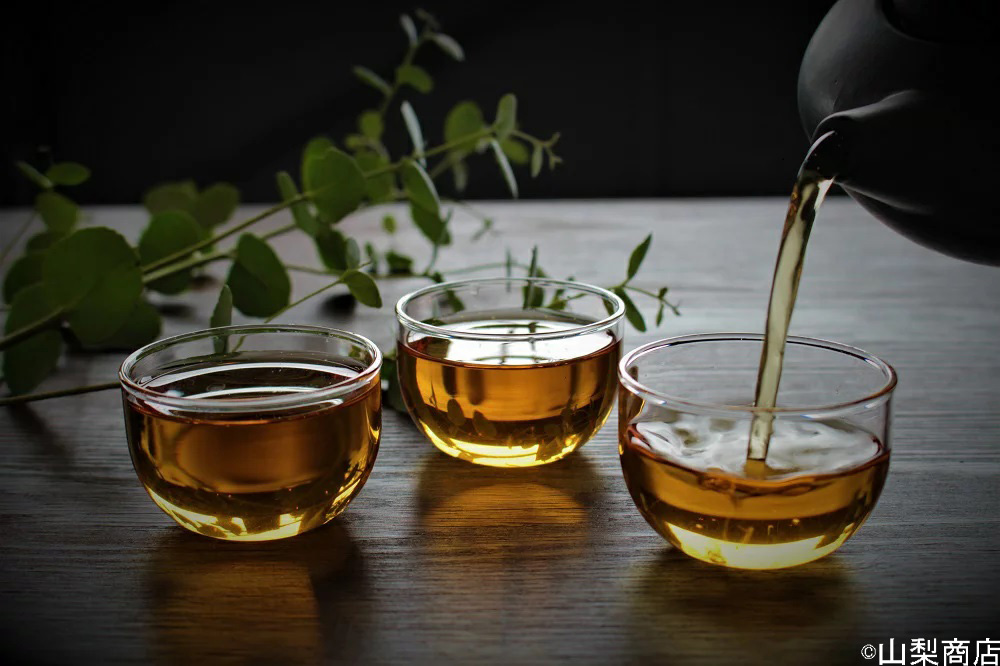
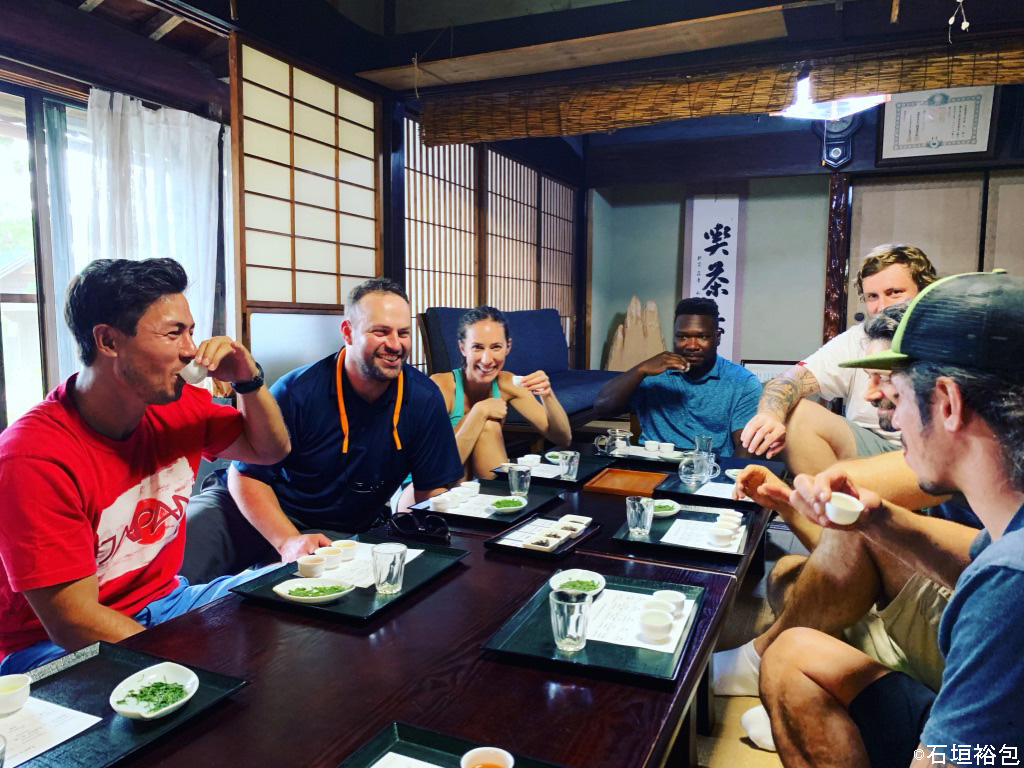
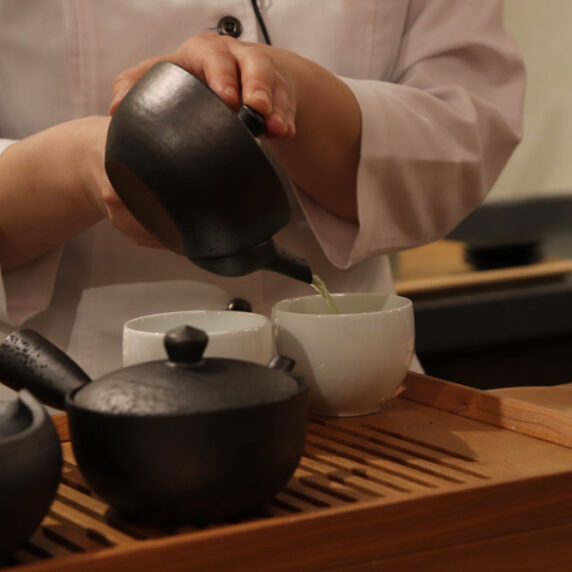




 on the red bar to close the slide.
on the red bar to close the slide. to see the
distance between the current location to the Chaya.
to see the
distance between the current location to the Chaya.